Within the current designs of the game, brainstorms have become more of a commonality rather than the rare exclusive profile that usually existed solely in higher rarity slots. Furthermore, with the advancement of the game, sets carry multiple brainstorms with brainstorms that are uniquely tailored towards certain designs or archetypes.
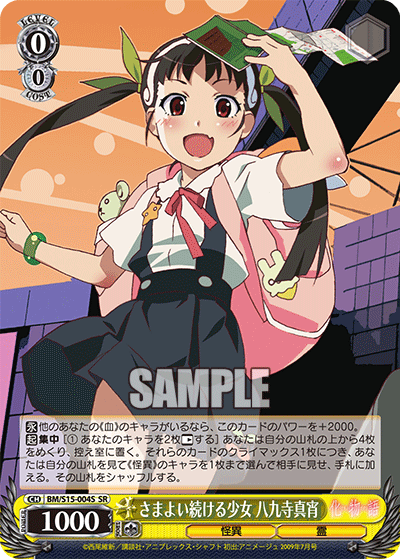
In the days of old, it may be hard to believe, but back then, brainstorms that gave extra hand could have possibly carried a cost of resting two characters. For the most part, as of the time of this writing, these old brainstorm profiles have been more or less phased out in favour of the tap self brainstorm. Keep in mind that this is not necessarily true for all sets as even sets as old as King of Fighters had tap self brainstorms that gave extra hand. One benefit that these tap two brainstorms did have over the more common tap self brainstorm now was that you could brainstorm multiple times a turn, assuming you had enough stock and field to do so. The key wording in tap two brainstorms lay in the fact that they usually allowed you to tap two of any characters on your field including itself. However, having to rest two cards can be painfully inefficient, especially with the modern pacing of the game and in the early game where resources can be pinched.
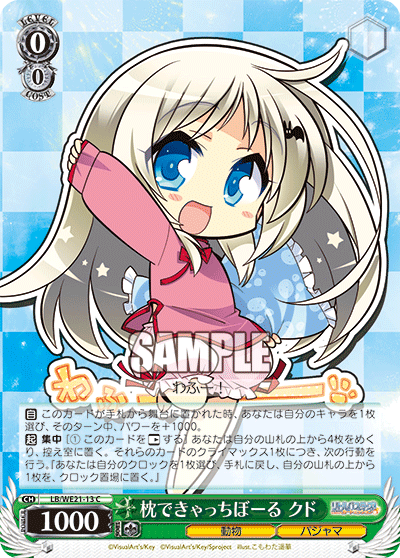
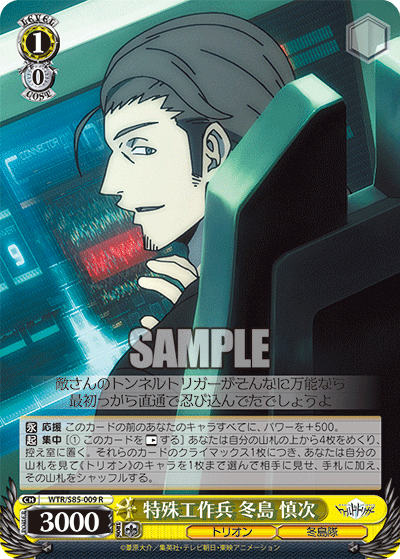
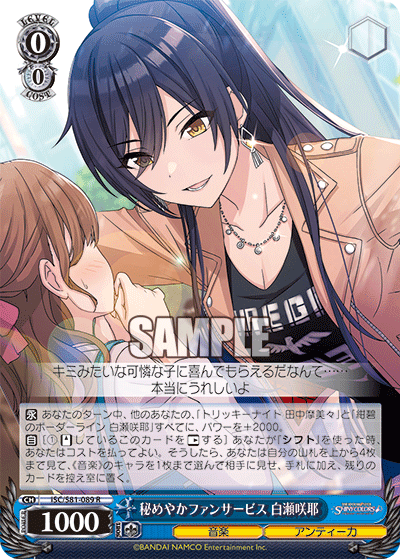
WTR/S85-009R 特殊工作兵 冬島 慎次 (center)
ISC/S81-089R 秘めやかファンサービス 白瀬咲耶 (right)
Aside from the tap two brainstorm, brainstorms are not always set in stone as level zero cards. The most common zones for brainstorms to gain advantage from are usually from the deck (search) or waiting room (salvage). However, that is not the only zones in which brainstorms can create value. For instance, as seen from the Kud above, brainstorms can always grab value from the clock zone. Brainstorms can also be of any level with another example through Shinji being a level one brainstorm. Usually, if they are above level zero, they have some more powerful secondary abilities. Lastly, we have pseudo brainstorms like that of Sakuya which perform a brainstorm-esque ability. These pseudo brainstorms almost always add hand, but unlike brainstorms, they can only generate a single point of value.
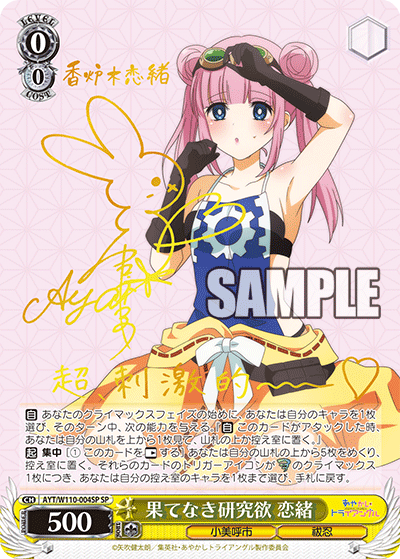
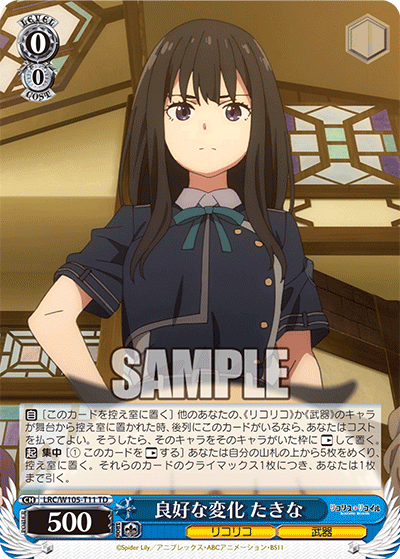
Even the standard reveal four isn’t always consistent with an example of this being Rio on the left. These brainstorms usually do require you to build in a certain manner to take advantage of their bonus abilities. Trial decks, for the longest while now, have been getting draw brainstorms that reveal five. However, that was not always the case. In older sets, many hand gaining brainstorms could have been limited to draw brainstorms that would check four.
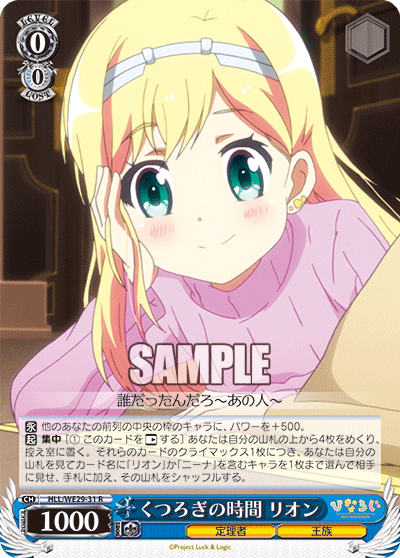
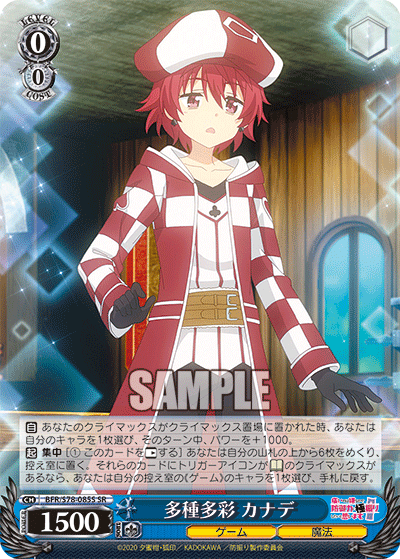
In general, if a brainstorm is asking for strict requirements, you’ll generally have to adhere to those requirements if you want to consistently create value from the brainstorm. For instance, Lion’s brainstorm states that she can only search for characters with Lion [リオン] or Nina [ニーナ] in their name. This means that the brainstorm will fail to search for any character without that name trait requirement. Kanade is another type of brainstorm that grants you higher chances of hitting, but in exchange, his requirements are strict. Furthermore, Kanade will only grant you a single salvage no matter how many book triggers you reveal with your brainstorm. Kanade offers higher consistency for lower high return value.
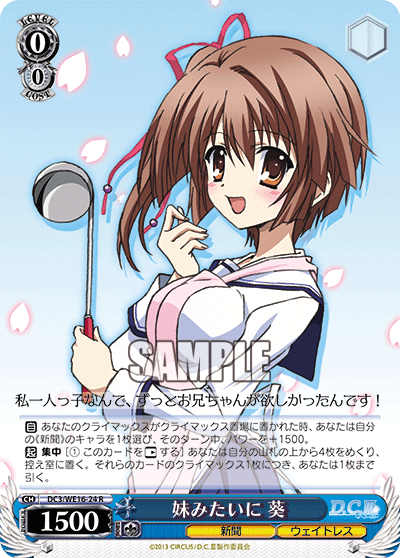

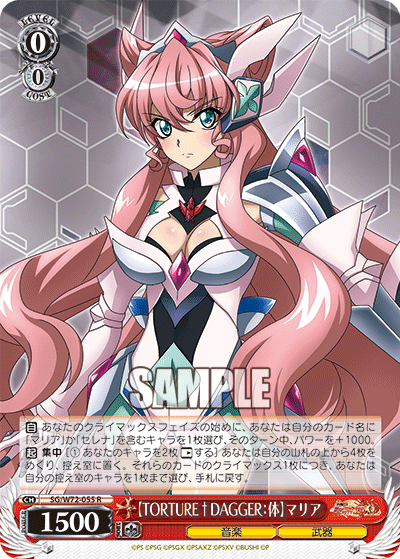
LRC/S105-002RR ウォールナットの正体 クルミ (center)
SG/W72-055R 【TORTURE†DAGGER:体】マリア (right)
Now as for decks that don’t clearly have an obviously incentivized brainstorm, there’s really no restriction from letting you use any as you please. A brainstorm is still one of the best consistent pieces to ensure that you mill and potentially net a bit of extra value. There is no clear brainstorm that is 100% mandatory for a deck (with some exceptions). Ultimately, you as the player choose which brainstorm you feel will suit your deck best. Here at our site, we try to pick brainstorms that align with the colour or theme to the best of our ability.
As of this writing, I’ve been hearing the whole popularity obsession with that of salvage brainstorms being the superior brainstorm. While salvage is great due to the current mill speed of decks, salvage does have its own disadvantage with a requirement of having the cards you want in your waiting room for it to benefit you the most in the first place. That’s why search brainstorms are generally better in the early game because of the fact that your deck will generally have more options than your waiting room during the first couple of turns. Don’t be afraid to experiment with other types of brainstorms as well. The power of clock brainstorms and draw brainstorms is due to the fact that they can allow you to fetch cards not normally accessible from search and salvage brainstorms. Draw brainstorms also usually mill more now, giving you a higher chance to obtain hand, even if the hand is random.
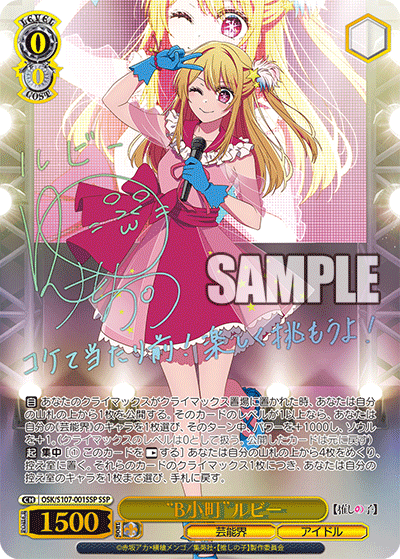
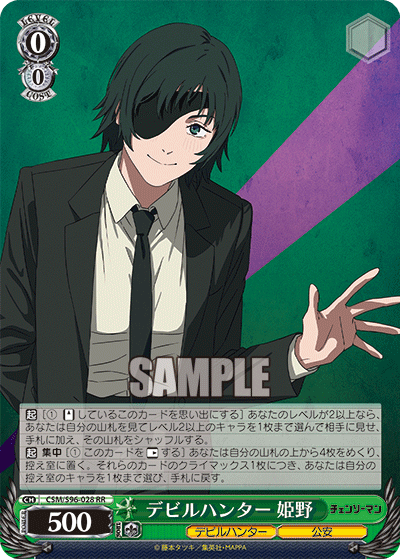
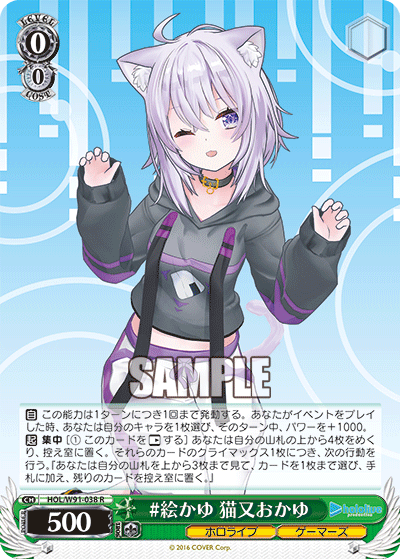
CSM/S96-028RR デビルハンター 姫野 (center)
HOL/W91-038R #絵かゆ 猫又おかゆ (right)
Lastly, don’t forget about the other effects available on a brainstorm. These abilities can be often overlooked, and for some decks, this effect itself can greatly swing the tempo of the game in your favour or even provide a crucial ability. For example, Ruby is great in general as a way to pump additional soul and power to push at your opponent. This is extremely good for a deck like B-Komachi’s that tries to force your opponent to cancel to punish them with more damage instances. Himeno has an additional ability that lets you send her to memory to search your deck for any character to hand when you are level two or higher, providing additional utility outside of just her generic brainstorm ability and giving you a bit of memory compression. Okayu pumps additional power when an event is used, helping you with getting that extra power needed for reversing combos or just helping with beating board in general. As you can see, sometimes the value of a brainstorm is beyond its potential extra resource generating ability.
Don’t forget that you can use the brainstorm as a way to also push forward your own deck’s capabilities. For instance, decks that need certain characters in waiting room may benefit from having turbo mill brainstorms or check three brainstorms to add additional cards to the waiting room. Remember, even if the brainstorm’s gain may be random, there are plenty of tools in the game to filter them into the pieces you need.